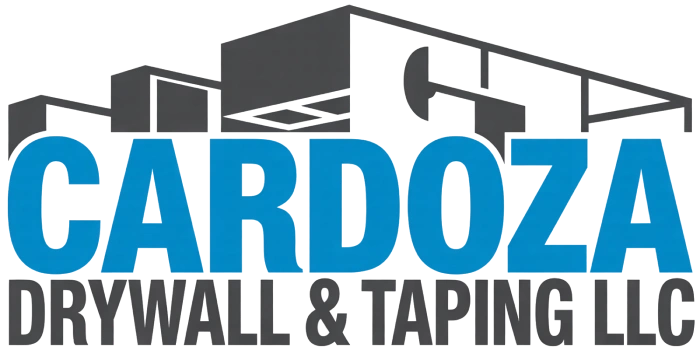A Guide to Understanding and Choosing the Right Level
If you are planning to tackle a home improvement project involving walls, understanding the differences between drywall finishing levels can be crucial. These finishing levels range from simple taping of joints to more advanced techniques for a smooth finish. Each level offers unique benefits depending on the purpose of the room and the desired aesthetic. By learning about these levels, you can make informed decisions that meet your specific needs and expectations.
Level 0: the Starting Point
The first level is Level 0, which refers to unfinished drywall. At this stage, no taping, compound, or sanding occurs. This level is common in areas that require future customization or where aesthetics aren’t a priority. It’s primarily used in temporary structures.
Level 1: Basic Tape Application
At Level 1, drywall finishing begins with applying tape over the joint compound. It provides minimal coverage and typically suits areas hidden from view, like attics or service corridors. While it doesn’t offer a polished look, it’s a cost-effective solution for non-essential spaces.
Level 2: Adding a Thin Coating
Moving up to Level 2 involves adding another coat of joint compound over the tape applied at Level 1. This layer still leaves visible tool marks but offers better protection than its predecessor. You might select this level for garages or other utility rooms where function trumps appearance.
Understanding Drywall Finishing Levels
Drywall finishing involves achieving a smoother surface through multiple layers of joint compound and sanding. The process requires skill and patience to ensure a flawless end result. It is important to note that different levels suit different purposes and budgets, emphasizing functionality in some cases and aesthetics in others.
Level 3: Preparing for Texture
This level adds a third coat of joint compound, making it ideal for surfaces that will receive spray textures or heavy wallpaper. At this point, the surface won’t be completely smooth, but it’s sufficient for textured finishes. Choose Level 3 when you plan to add decorative touches that can hide minor imperfections.
Level 4: for Light Textures or Flat Paints
Level 4 is often chosen for areas visible to occupants and guests, such as living rooms or bedrooms. Here, an additional coat is applied followed by fine sanding. Ideal for light textures or flat paints, this level gives your walls a polished appearance without breaking the bank.
Level 5: Achieving Perfection
The ultimate in drywall finishing levels is Level 5. This includes all previous steps plus a thin skim coat to even out any remaining inconsistencies. While this level requires more time and resources, it ensures a perfectly smooth wall ready for high-gloss finishes or enamel paints.
Choosing the Right Level for Your Project
- Consider the room’s purpose and visibility
- Balance between budget constraints and quality expectations
- Select higher levels for more public-facing areas
- Opt for lower levels where aesthetics aren’t a priority
Your Path to Perfect Walls Begins Here
Selecting the appropriate level of drywall finishing depends largely on where and how you intend to use the space. Whether you need something basic or top-tier perfection, understanding each level’s features helps make that choice easier. If you’re looking for professional guidance on drywall projects, contact us at (818) 747-8694. Our team at Cardoza Drywall & Taping LLC has years of experience providing expert services across Pacoima, CA. Let us help bring your vision to life with our specialized solutions.
